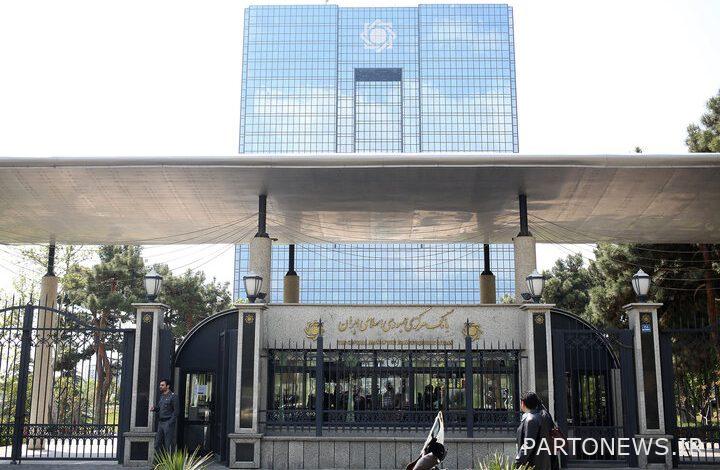The growth rate of the monetary base decreased

With the inauguration of the 13th government headed by Seyed Ibrahim Ra’isi, one of the most important economic challenges inherited from the government of prudence and hope for the new government was the unbridled growth of inflation and liquidity; From the very beginning, special attention was paid to the president and the government’s economic team, and the need to control inflation and liquidity was emphasized.
In this regard, Salehabadi, Governor of the Central Bank, on his first working day in Mirdamad Glass Building, emphasizing the supervisory role of the Central Bank on the network and banking system, said: Centrally, control the market and prevent overdrafts from banks with the help of the banking network. Saying that the government has a budget deficit, Salehabadi said: “At the same time, other mechanisms should be considered to eliminate the budget deficit, and with the help of the Ministry of Economy, measures will be taken to eliminate the budget deficit.” Control the means of inflation.
Record-breaking monetary base in the government of prudence and hope
The country’s top banking official referred to the important issue of monetary base control, while surveys show that in the previous government, the rate of change in the monetary base has been relatively steep. According to the statistics published by the Central Bank, the growth rate of the monetary base in the first month of this year was 27.4 percent, which in May this figure increased to 31.5 percent and the end of the season The spring fell slightly to 30.7 percent, and finally, with the start of summer, the monetary base growth rate of 42.6 percent set a new record in the Twelfth Government.
Reversing the growth of the monetary base with the beginning of the new government
With the end of the government of prudence and hope and the beginning of the thirteenth government, economists hoped to change the approach of monetary policymakers to control the monetary base and liquidity. An expectation that came true with the speeches of the President and the Governor of the Central Bank, and with the publication of monthly reports of the Central Bank on changes in the monetary base and liquidity, the correct orientation of the Central Bank to control the growth of monetary base and liquidity it placed.
Therefore, in August of this year, the monetary base growth rate increased from 42.6% in July to 42.1% in August. A downward trend that continued at the end of the summer and reached 39.5 percent. Then, starting from the second half of the year, the downward trend of monetary base growth was again considered by the Central Bank’s published statistics, and accordingly, in October this year, the monetary base growth rate decreased by 36.4% compared to September October 2016).
Finally, the latest report published by the Central Bank indicates the continuation of the downward trend in monetary base growth; In the eighth month of the year, this rate has reached 35.8 percent, which is a significant decrease compared to the record of 42.6 percent of the previous government in July. On the other hand, it should be noted that in the last two months, the growing trend of liquidity has been accompanied by a decrease from 42.8 percent in October to 42 percent in November.


In the meantime, the main government intends to continue this process with an expert approach. This issue is also significant in the President’s speeches; Referring to curbing the growth of monetary base and liquidity in the last quarter, he stressed at the meeting of the government’s economic headquarters: “The central bank should put the organization of banks on the agenda so that the monetary base growth continues to decline in the remaining months of the year.” “And be managed.”

